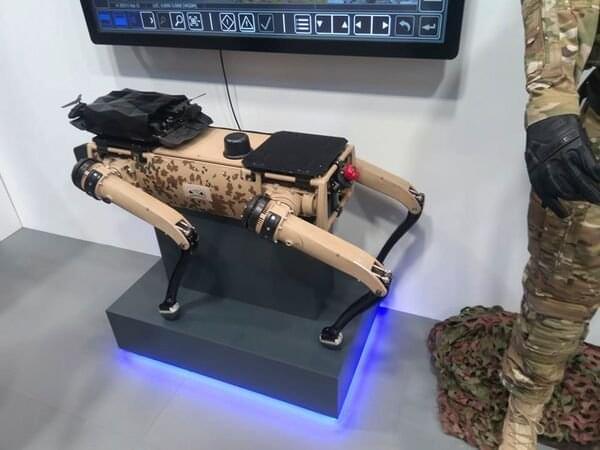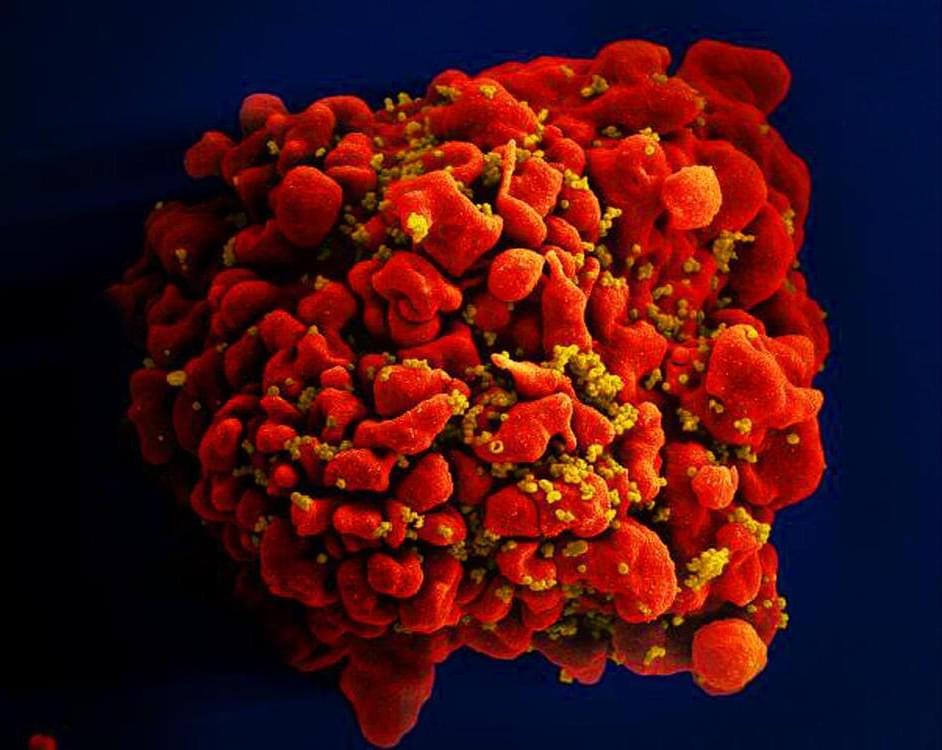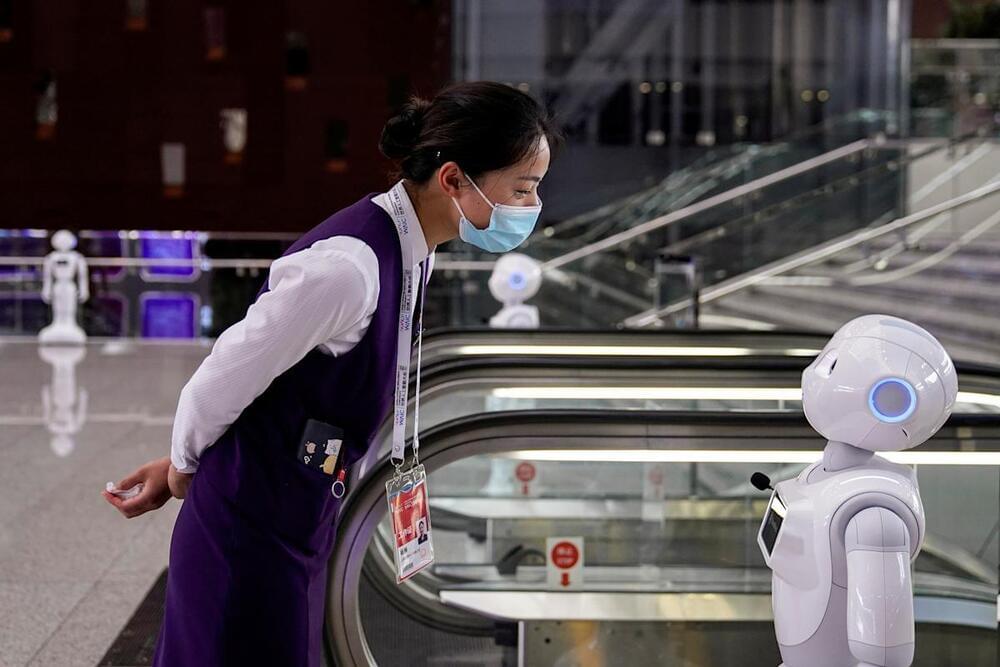Researchers at Japan Advanced Institute of Science and Technology and University of Tokyo recently developed AugLimb, a compact robotic limb that could support humans as they complete a variety of tasks. This new limb, presented in a paper pre-published on arXiv, can extend up to 250 mm and grasp different objects in a user’s vicinity.
“We are interested in human augmentation technologies, which aim to enhance human capabilities with information and robotics approaches,” Haoran Xie, one of the researchers who carried out the study, told Tech Xplore. “We particularly focus on the physical augmentation of human bodies.”
Most existing wearable robotic arms are designed to be mounted on a human user’s upper body (e.g., on the upper arm, waist or shoulders). While some of these systems have achieved promising results, they are typically based on bulky hardware and wearing them can be uncomfortable for users.







